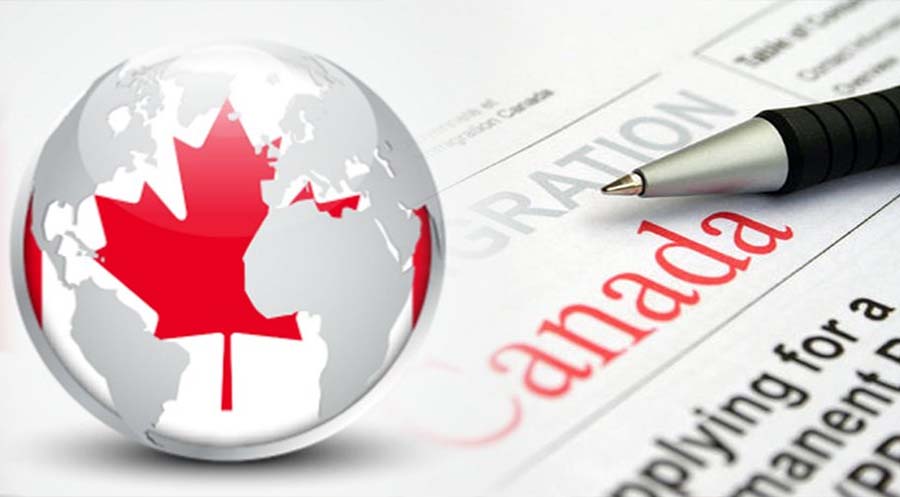If you’re an Indian student aspiring to study in Canada, you’re embarking on a journey that promises world-class education and diverse cultural experiences. Pursuing higher education in Canada can be a life-changing decision, opening doors to academic excellence and future opportunities. Here’s a step-by-step guide to help you navigate the application process:
1. Research and Choose Universities: Start by researching universities and programs that align with your academic interests and career goals. Consider factors like location, course offerings, tuition fees, and available scholarships.
2. Check Admission Requirements: Each university has specific admission requirements. Commonly required documents include academic transcripts, standardized test scores (like IELTS or TOEFL), letters of recommendation, and a statement of purpose.
3. Prepare Application Materials: Begin preparing your application materials well in advance. This may involve obtaining transcripts, securing letters of recommendation, and drafting a well-crafted statement of purpose that highlights your academic and personal achievements.
4. Meet Deadlines: Keep track of application deadlines for each university and program. Missing deadlines can impact your chances of admission, so ensure you submit your applications ahead of time.
5. Apply Online: Most universities in Canada accept online applications through their official websites. Create an account on the university’s application portal, complete the required sections, and upload your documents.
6. Pay Application Fees: Pay the application fees for each university you’re applying to. Fees can vary, so make sure to budget accordingly.
7. Await Admission Decisions: After submitting your applications, universities will review them and send out admission decisions. This may take a few weeks to a few months, depending on the university and program.
8. Acceptance and Visa Application: Once you receive an acceptance letter from a university, you can begin the process of applying for a study permit (student visa) from the Canadian government. Ensure you have all necessary documents and funds to support your studies and living expenses.
9. Plan Your Arrival: After obtaining your study permit, it’s time to plan your arrival in Canada. Arrange your travel, accommodation, and any other logistics well in advance.
10. Begin Your Studies: Once you arrive in Canada, attend any orientation sessions provided by your university. Familiarize yourself with the campus, meet fellow students, and prepare for an exciting academic journey.
Studying in Canada offers a blend of academic excellence, cultural diversity, and personal growth. By following this guide, you can navigate the application process with confidence and embark on a transformative educational experience.




Leave A Comment